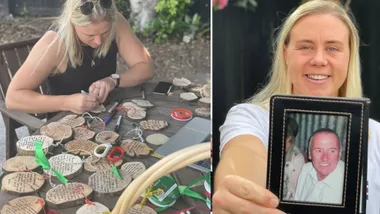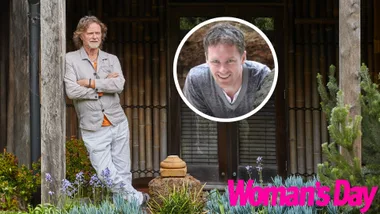As the nation prays for Krishna and Trishna, JOSEPHINE AGOSTINO looks at the special bond understood by only a handful of people around the world.
While the 32-hour operation to separate Krishna and Trishna in a Melbourne hospital made headlines around the world last week, another set of conjoined twins were embarking on a life-changing journey of their own.
Nineteen-year-old Brittany and Abigail Hensel are about to walk down the aisle.
In a rare feat for conjoined twins, the US-based Hensels have survived into adulthood inextricably entwined, at least in body. And yet even now, with unconfirmed reports that Brittany is set to marry while Abigail remains single, they have no desire to separate.
How the pair will deal with sex, as they share organs below the navel, is not yet known.
Their fiercely protective mother, Patty, has no doubt they will overcome this challenge, as they have other problems. “[The girls] never give up,” says Patty, a nurse. “Anything they want to do, they go out and do it.”
Brittany and Abigail share one body fused at the torso, and one set of legs and arms, but have two spines that join at the pelvis, two hearts, and a set of lungs and stomach each.
Cases like theirs occur in one in 100,000 pregnancies, when a fertilised egg fails to divide fully into identical twins. For reasons unknown, about 70 per cent are girls. Their shared internal organs are usually severely deformed. Very few survive.
Although Brittany – the left twin – can’t feel anything on the right side of her body and Abigail – the right twin – can’t feel anything on her left, instinctively their limbs move as if coordinated by one person, even when they type on the computer and play the piano.
Yet, somehow the girls have carved out entirely independent identities. They have different taste in boys, food and clothes – often wearing contrasting leggings and shoes – and even have separate driver’s licences.










